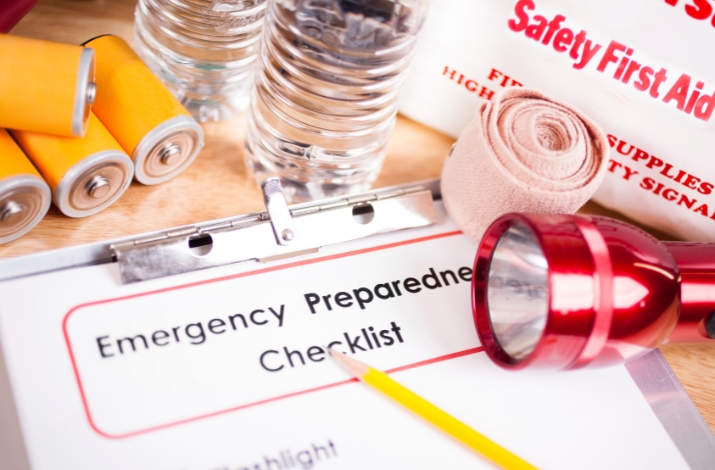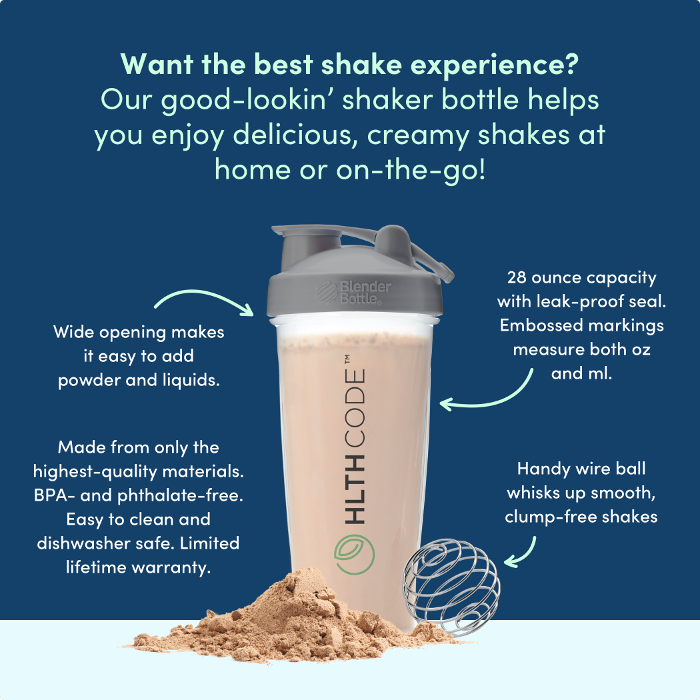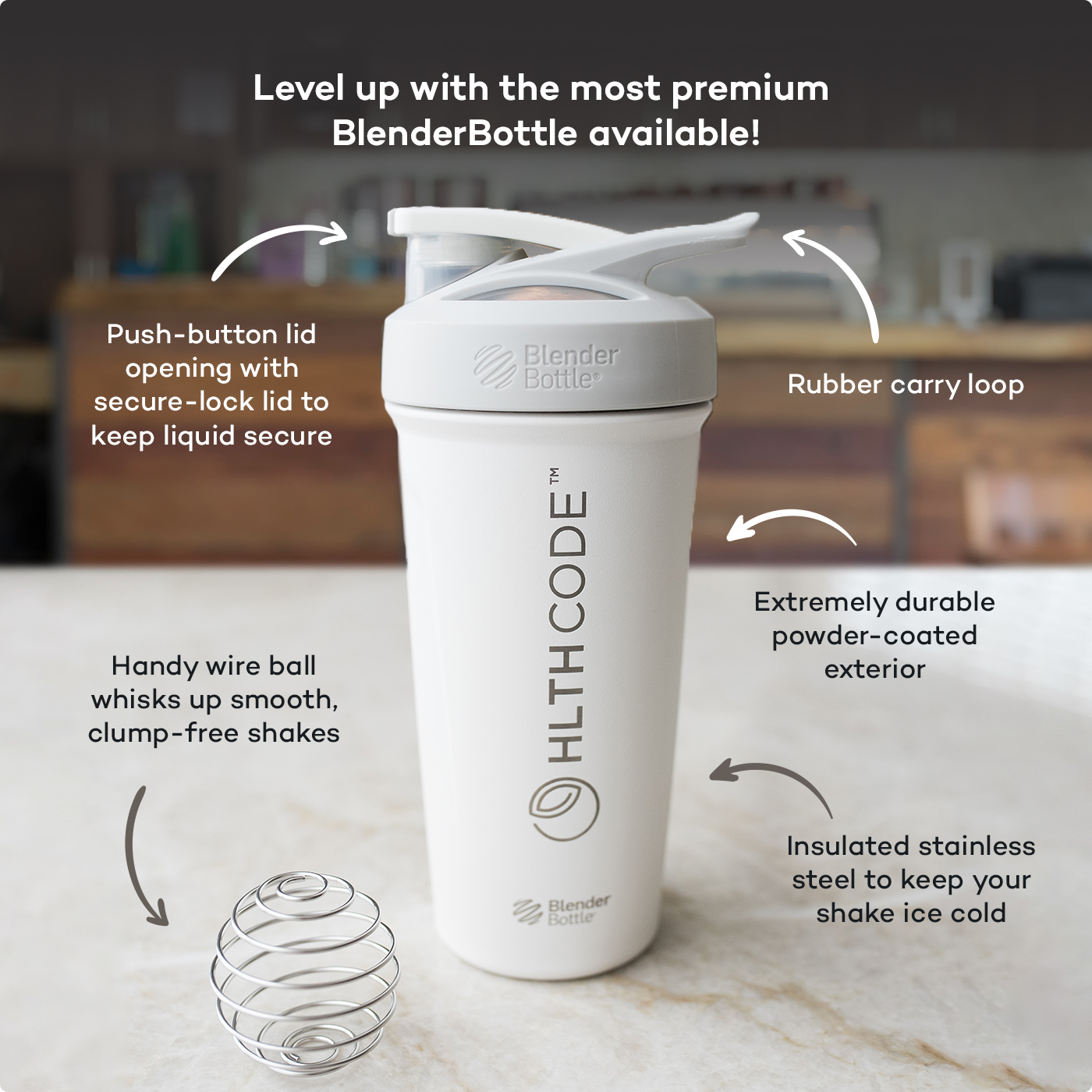Smart Food Planning for Unpredictable Emergencies

Emergencies are unpredictable. Whether it’s a natural disaster, economic instability, or unexpected supply chain disruptions, being prepared means more than having flashlights and bottled water. It means Smart Food Planning, securing your family’s access to nutritionally dense, shelf-stable food that fuels both body and mind. Let’s explore how to build an emergency food supply that gives you confidence even in the most uncertain times.
The Risks of Food Insecurity During a Crisis
What Happens When You’re Not Prepared
When disaster strikes, grocery store shelves can empty in hours. Panic buying, road closures, power outages, and supply shortages can make accessing food nearly impossible. Relying on last-minute solutions often means settling for low-quality, nutritionally poor options. If you’re not prepared ahead of time, your health and your family may suffer when it matters most.
Key Advantages of a Thoughtful Food Backup Plan
A well-stocked emergency food supply ensures you’re never caught off guard. It provides a stable source of calories, protein, healthy fats, and micronutrients, especially when access to fresh food is compromised. It also gives you the ability to stay nourished, think clearly, and make better decisions under stress.
How Preparedness Supports Mental Calm
Peace of mind comes from knowing that your family won’t go hungry, even in the worst-case scenario. Whether it’s a two-week power outage or a months-long crisis, your emergency food stash offers stability, control, and one less thing to worry about during tough times.
What to Prioritize in Long-Term Emergency Meals
Shelf Life and Storage Stability Essentials
Look for foods that can last 5, 10, or even 20 years without refrigeration. Freeze-dried and dehydrated meals are ideal, especially those sealed in oxygen-reduced, #10 cans – the gold standard of food storage containers packaging. These options are durable and compact, requiring minimal storage space and resisting moisture, pests, and spoilage.
Choosing Balanced Nutrition Over Filler Calories
Not all emergency foods are created equal. Many rely heavily on refined starches and sugar. Instead, prioritize meals that offer complete macronutrients (high-quality protein, healthy fats, and low-glycemic carbs) and essential vitamins and minerals. This ensures your energy and immune system stay strong even over extended periods.
Convenience and Mobility in Preparation
In an emergency, simplicity matters. Choose meals that require minimal preparation, ideally just water and heat. Also, consider packaging that is portable in case evacuation becomes necessary. Resealable pouches and stackable containers are especially helpful.
Designing a Custom Emergency Food Strategy for Your Family
Understanding Everyone’s Dietary Requirements
Take inventory of allergies, dietary restrictions, and preferences. Do you have kids, elderly parents, or individuals with specific medical conditions? Tailor your stockpile to include high-protein, gluten-free, dairy-free, or keto-friendly options that suit your household.
Figuring Out the Right Food Quantities
The general recommendation is to store at least 2,000 calories per adult per day. Start with a 72-hour supply and gradually build up to 30 days or more, depending on your comfort level and space. Don’t forget clean drinking water, store at least one gallon per person per day.
Storing Food Safely and Accessibly
Cool, dark, and dry spaces are ideal. Avoid garages or areas with large temperature fluctuations. Closets, basements, or designated pantry shelves work well. Make sure your storage area is accessible, organized, and safe from pests.
Keeping Your Emergency Supply Fresh and Ready
Monitor Expiry Dates Before It’s Too Late
Even long-shelf-life foods expire eventually. Check your emergency stash every 6–12 months. Keep a list or spreadsheet with purchase dates and expiration timelines so nothing catches you by surprise.
Practice FIFO: First In, First Out
Rotate your food supply just like grocery stores do. Use the oldest items first, replacing them with newer purchases. This ensures freshness and minimizes waste.
Replace As You Use — Don’t Wait
If you tap into your emergency stash even for convenience, replace what you’ve used immediately. Waiting until later may leave you underprepared when the next crisis hits.
Conclusion
A strong emergency food supply isn’t just for survivalists – it’s a smart, modern necessity. By focusing on shelf-stable, nutrient-dense, easy-to-prepare foods, you can protect your family’s health and reduce stress when it matters most. Preparedness is peace of mind, and now is the best time to start.

















